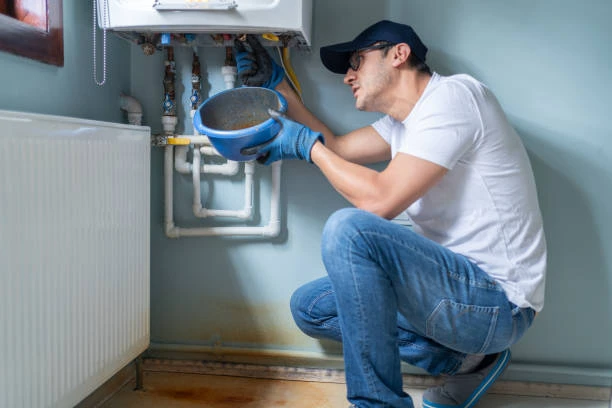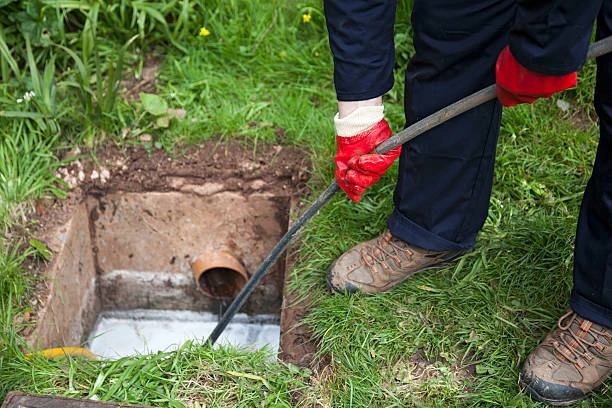In recent years, the condition of America’s infrastructure has become a pressing concern. Aging pipes, many of which date back several decades, pose risks to public health and safety. The White House has initiated a significant push for pipe replacements across the nation, aimed at modernizing water systems and ensuring clean drinking water for all Americans. This article explores the importance of pipe replacements, the government’s initiatives, the expected benefits, and the challenges ahead.
Understanding the Need for Pipe Replacements
Aging Infrastructure
Many of the pipes currently in use are decades old and have deteriorated over time. Issues such as corrosion, leaks, and contamination have raised alarms among public health officials. According to the American Society of Civil Engineers, approximately 6 billion gallons of treated water are lost daily due to leaks in aging pipes. This highlights the urgent need for comprehensive pipe replacements.
Public Health Risks
Contaminated water can lead to serious health issues. Recent incidents, such as the Flint water crisis, have underscored the dangers associated with aging pipe systems. Lead pipes, in particular, pose significant health risks, especially to children and pregnant women. The White House aims to replace these hazardous pipes to protect public health and improve community safety.
The White House Pipe Replacements Initiatives
Infrastructure Investment
In a bid to tackle the issue, the White House has proposed substantial investments in infrastructure, specifically targeting pipe replacements. The Bipartisan Infrastructure Law, signed into effect, allocates billions of dollars for water infrastructure projects. This includes funds specifically designated for replacing lead pipes and addressing aging infrastructure.
Federal and State Partnerships
The administration is promoting collaboration between federal and state governments to facilitate pipe replacements. By partnering with state agencies, the White House aims to streamline funding processes and ensure that communities receive the resources they need. This collaborative approach will enhance the effectiveness of pipe replacement initiatives.
Community Engagement
Community engagement is a crucial aspect of the White House’s push for pipe replacements. The administration emphasizes the importance of involving local communities in decision-making processes. By gathering input from residents, officials can prioritize projects that address the most pressing needs.

Expected Benefits of Pipe Replacements
Improved Water Quality
One of the most significant benefits of replacing old pipes is the improvement in water quality. New pipes are less likely to leach harmful substances into the water supply. This ensures that communities receive clean, safe drinking water, which is vital for public health.
Enhanced Infrastructure Resilience
Replacing aging pipes contributes to the overall resilience of water infrastructure. New materials and technologies allow for better durability and efficiency, reducing the likelihood of future leaks and failures. This resilience is crucial for adapting to climate change and extreme weather events.
Economic Growth
Investing in pipe replacements can stimulate economic growth. The construction and engineering sectors will see increased demand for labor and materials. Additionally, improved water quality and reliability can attract businesses to communities, further bolstering local economies.
Challenges in Pipe Replacements Initiatives
Funding and Budget Constraints
Despite the substantial funding allocated through federal initiatives, many challenges remain. Local governments often face budget constraints that limit their ability to carry out extensive pipe replacement projects. Securing additional funding through grants and loans will be essential for overcoming these barriers.
Technical Expertise
The successful implementation of pipe replacement projects requires technical expertise. Many local governments may lack the necessary resources or personnel to manage these complex projects effectively. Providing training and resources to local agencies will be crucial for ensuring successful outcomes.
Public Awareness and Engagement
Raising public awareness about the importance of pipe replacements is vital for garnering community support. Residents need to understand the benefits of these initiatives and how they can contribute. Effective communication strategies will be necessary to engage communities and encourage participation in the process.
Future Prospects for Pipe Replacements
Innovations in Pipe Replacements Technology
As the push for pipe replacements continues, innovations in technology are expected to play a significant role. Advanced materials, such as high-density polyethylene and trenchless technology, will enable more efficient and less disruptive pipe replacements. These innovations can reduce costs and minimize community impact during construction.
Long-term Maintenance Strategies
Beyond immediate replacements, developing long-term maintenance strategies will be essential. Regular inspections and preventive maintenance will help prolong the lifespan of new pipes. Establishing these practices will ensure that communities maintain high water quality and infrastructure reliability over time.
Legislative Support
Continued legislative support at both federal and state levels will be critical for the success of pipe replacement initiatives. Advocating for policies that prioritize water infrastructure and sustainable practices will help secure ongoing funding and resources.
Pipe Replacements Conclusion
The White House push for pipe replacements represents a crucial step toward improving America’s aging water infrastructure. By prioritizing investments, fostering collaboration, and engaging communities, the administration aims to ensure clean drinking water for all citizens. While challenges remain, the expected benefits, including enhanced water quality, economic growth, and improved public health, make this initiative a necessary and urgent priority.
FAQ
1. Why are pipe replacements necessary?
Pipe replacements are essential due to aging infrastructure, public health risks, and the need for improved water quality.
2. What initiatives has the White House proposed for pipe replacements?
The White House has proposed substantial investments through the Bipartisan Infrastructure Law, focusing on replacing lead pipes and aging infrastructure.
3. How will communities be involved in the pipe replacement process?
The administration emphasizes community engagement, encouraging local input to prioritize projects that address specific needs.
4. What are the expected benefits of replacing old pipes?
Expected benefits include improved water quality, enhanced infrastructure resilience, and economic growth.
5. What challenges do pipe replacement initiatives face?
Challenges include funding constraints, the need for technical expertise, and the importance of public awareness and engagement.




